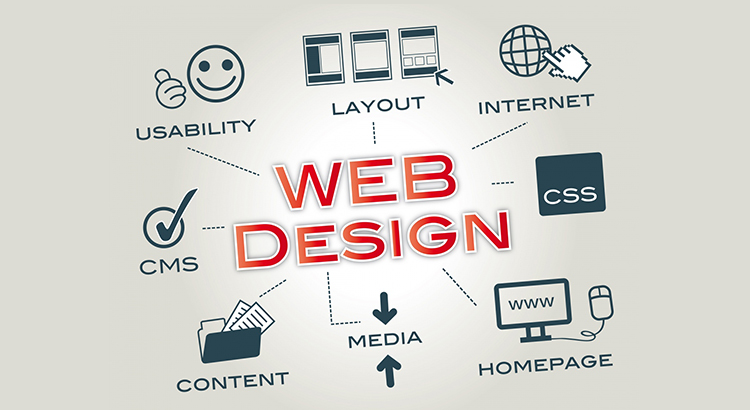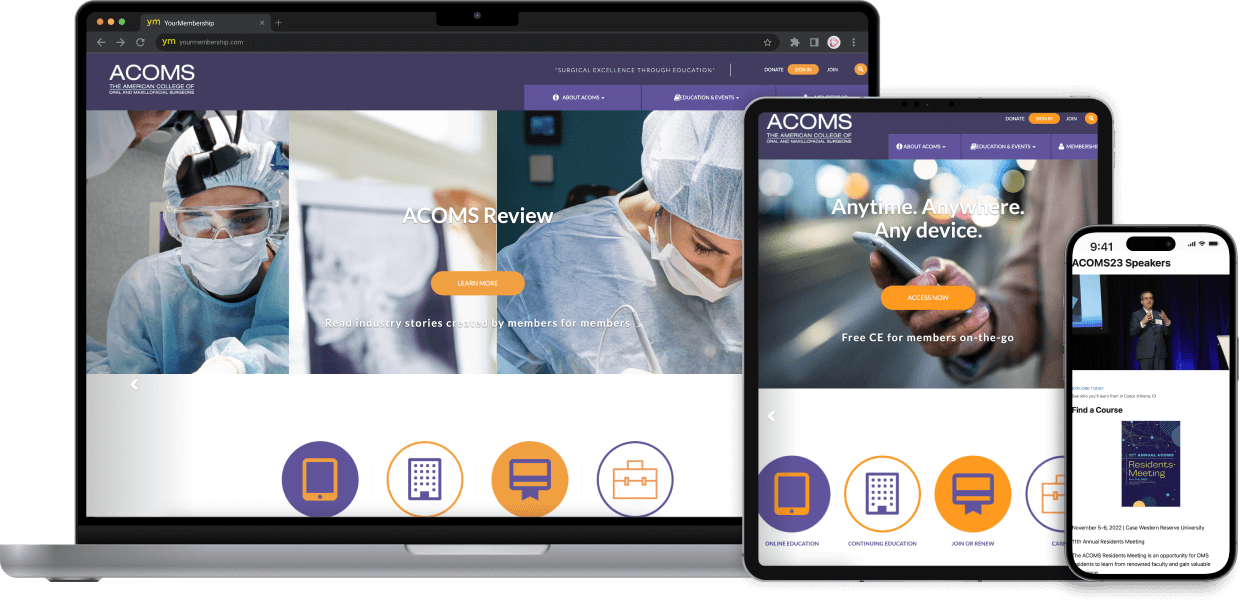Essential Tips for Crafting High-Impact Internet Site Layouts
In the realm of electronic advertising and marketing, the design of a site serves as an essential touchpoint for involving possible clients. To develop high-impact website styles, one need to take into consideration essential aspects such as target market understanding, customer experience, and aesthetic power structure.
Understand Your Audience
Understanding your target market is fundamental to effective site style. A web site that reverberates with its site visitors is typically the outcome of thorough research and insights into user behaviors, demographics, and preferences. Identifying target users allows developers to tailor material, visuals, and performances that meet their specific needs, enhancing involvement and contentment.
To effectively recognize your target market, start by carrying out demographic analyses to gather data on age, sex, place, and rate of interests. This information functions as a structure for creating user characters, which stand for the essential qualities of your target audience. These personas overview decision-making in style elements and web content method, making sure placement with customer expectations.
In addition, assessing individual behavior with devices like Google Analytics can expose how site visitors communicate with your website. Metrics such as bounce rates and time on web page can highlight locations that need enhancement or adjustment. Customer surveys and responses additionally supply very useful understandings into preferences and discomfort points.
Inevitably, a deep understanding of your audience is not merely helpful but essential. It empowers developers to create even more appropriate, appealing, and functional sites that promote a positive customer experience and drive desired end results.
Prioritize Customer Experience
When creating a web site, prioritizing user experience (UX) is paramount to accomplishing both user complete satisfaction and business purposes. A well-crafted UX makes sure that visitors can navigate the website effortlessly, discover the info they require, and involve with content effectively. To accomplish this, it is critical to embrace a user-centered design strategy that includes understanding user requires, preferences, and actions.
Start by conducting thorough research, consisting of user studies and use screening, to collect insights into exactly how customers interact with your website. This information need to notify design decisions, guaranteeing that formats and attributes line up with individual expectations. Streamlined navigation is important; site visitors should be able to find details promptly without unneeded clicks or confusion.

Lastly, guarantee that your internet site comes to all customers, consisting of those with impairments. Following ease of access standards not just expands your target market but likewise cultivates inclusivity. By prioritizing UX, you lay the foundation for a successful internet site that fulfills both user needs and service goals.
Embrace Visual Power Structure
A well-structured visual power structure plays a substantial duty in enhancing individual experience by leading visitors' attention to the most vital elements of a web site. By strategically organizing content, developers can create a clear course for customers to adhere to, guaranteeing they engage with crucial details efficiently.

Additionally, the placement of elements on the page is vital. Leading the viewer's look via the layout can be achieved by positioning essential details on top or in the facility, where customers usually begin their aesthetic trip. Incorporating whitespace around elements can likewise boost quality, making it simpler for customers to process details without feeling bewildered.
Finally, employing typography successfully adds to visual hierarchy. Different font weights, styles, and sizes can signify relevance, directing individuals via the web content perfectly. By embracing these concepts, designers can create an user-friendly experience that cultivates involvement and motivates individuals to discover even more.
Optimize for Mobile
Mobile optimization is crucial in today's digital landscape, as a substantial portion of internet website traffic comes from smart phones. To guarantee a smooth user experience, internet sites have to be designed with mobile customers in mind. This includes employing receptive web style strategies that adjust the format, images, and message to fit different display sizes while preserving performance and aesthetic appeals.
First, prioritize filling rate, as mobile users frequently operate slower networks. Maximize images and minimize code to boost efficiency. Additionally, navigating ought to be instinctive; think about carrying out a simplified menu that click here for info allows easy accessibility to important web pages without frustrating users.
Touch targets, such as links and buttons, need to be properly sized, ensuring they are conveniently tappable without errors. Ensure that types are mobile-friendly by lessening input fields and using dropdowns where suitable, simplifying the user experience.
Last but not least, test your site throughout various mobile tools and browsers to recognize any kind of problems that may affect functionality. By prioritizing mobile optimization, you not only boost individual contentment however likewise favorably impact your site's online search engine position, therefore attracting even more site visitors and enhancing total interaction.
Implement Strong Branding
Developing a recognizable and cohesive brand is basic to establishing a strong online presence. A well-defined brand name not only distinguishes you from competitors however additionally promotes trust and loyalty amongst your audience. To apply strong branding, click here now begin by establishing a clear brand identification that envelops your mission, values, and vision - website design copyright. This identification needs to be reflected regularly across all digital touchpoints, including your internet site, social media sites, and email communications.
Aesthetic components such as logos, color schemes, and typography play an important function in branding. Choose a shade combination that resonates with your target market and shows your brand name character. Ensure that your logo design is functional and plainly shown on your site, enhancing brand name acknowledgment.
Content is just as important; your tone of voice need to align with your brand name identification, whether it's professional, pleasant, or reliable. Involving narration can better reinforce your brand, developing an emotional connection with customers.
Verdict
In final thought, crafting high-impact website designs demands a diverse method that encompasses recognizing the target market, focusing on individual experience, and embracing aesthetic pecking order. By integrating these aspects, sites can effectively involve users, facilitate smooth navigation, and foster psychological connections that boost brand name identity.
To read here produce high-impact website designs, one must take into consideration vital elements such as target market understanding, user experience, and aesthetic hierarchy.When creating a website, prioritizing customer experience (UX) is extremely important to accomplishing both user contentment and service purposes.Start by performing thorough study, including individual studies and usability testing, to collect understandings into exactly how users engage with your website. To guarantee a smooth customer experience, websites should be made with mobile users in mind.In conclusion, crafting high-impact internet site styles requires a complex approach that includes comprehending the target market, focusing on customer experience, and embracing visual pecking order.